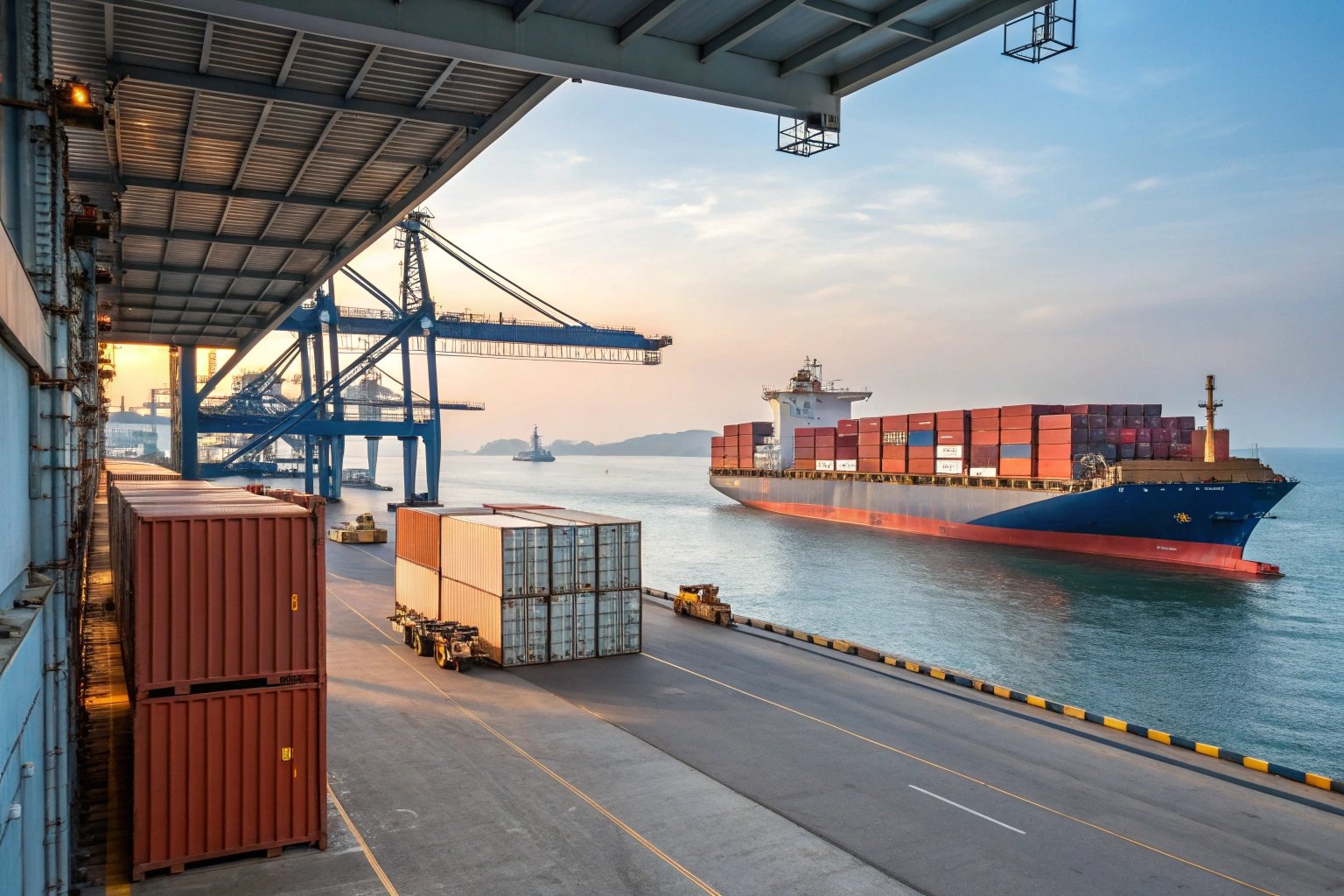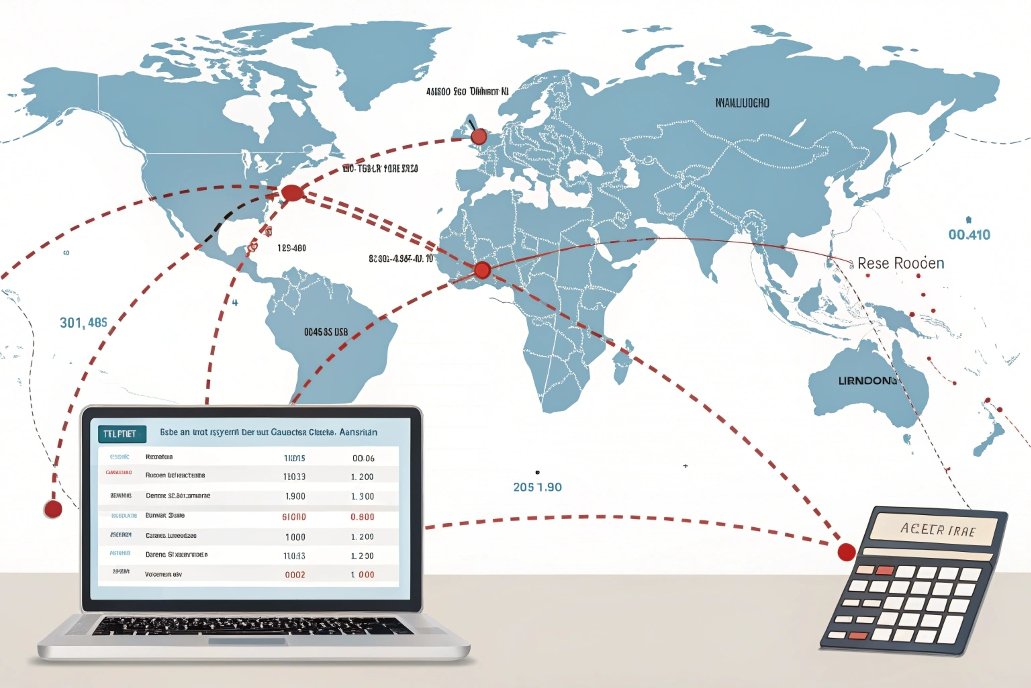
Minimizing shipping costs for custom metal parts1 is a crucial part of any sourcing strategy. I’ve found that even small changes in shipping methods or packaging can lead to substantial savings. In the competitive world of custom parts sourcing, every dollar counts, especially when you’re dealing with expensive materials or heavy parts. After years of experience, I’ve learned that optimizing the shipping process requires a mix of smart planning, negotiation, and understanding of the key factors that influence costs.
Shipping costs for custom metal parts can be minimized through careful planning, optimizing packaging2, and choosing the right shipping methods. By addressing each element strategically, you can significantly reduce expenses while maintaining timely deliveries.
In this article, I’ll break down how to reduce shipping costs, the key factors that impact shipping prices3, and why it’s important to explore various shipping methods to achieve the best rates.
What Are the Key Factors That Affect Shipping Costs for Custom Parts?

Shipping costs for custom metal parts are influenced by several factors, including the weight and dimensions of the parts, shipping distance, and the choice of carrier. Understanding these variables can help you make informed decisions to minimize your shipping expenses.
Key Factors That Affect Shipping Costs
| Factor | How It Affects Shipping Costs |
|---|---|
| Weight and Size of Parts | Larger, heavier parts require more space and fuel, raising shipping costs. |
| Shipping Distance | Longer distances lead to higher transportation costs, especially for international shipments. |
| Type of Shipping | Air freight is faster but significantly more expensive than sea or land transport. |
| Packaging Materials | Improper packaging can lead to higher costs due to the need for extra protection or inefficient use of space. |
| Customs Duties and Taxes | International shipments may incur additional customs fees, which can increase overall costs. |
Why These Factors Matter
Over the years, I’ve realized that shipping costs are directly impacted by the weight and size of the parts I’m ordering. The more space a package takes up, the higher the shipping cost. Additionally, international shipping can add complications, such as customs duties or taxes, which are often overlooked. By analyzing these factors early on, you can plan and adjust to minimize costs effectively.
How Can You Optimize Packaging and Shipping to Reduce Costs?

Optimizing packaging is one of the most effective ways to reduce shipping costs. By ensuring that parts are packaged efficiently, you can reduce the size of the shipment and avoid paying for unnecessary space.
Tips to Optimize Packaging and Shipping Costs
| Tip | Benefit |
|---|---|
| Use Custom Packaging | Tailor packaging to fit the exact size of the parts to minimize wasted space. |
| Choose Lighter Materials | Select packaging materials that are lightweight but strong to reduce weight without compromising protection. |
| Maximize Container Space | Arrange parts efficiently within containers to use space more effectively and avoid extra shipping charges. |
| Consolidate Shipments | Combine smaller shipments into one larger shipment to reduce costs, especially for international orders. |
| Use Returnable Packaging | If applicable, using returnable packaging can help reduce waste and shipping costs for future orders. |
Why This Matters
I’ve found that optimizing the packaging design for custom metal parts can save a significant amount of money. When you choose the right-sized boxes or containers, you avoid paying for unnecessary space, which is especially important when shipping internationally. I’ve also learned that lighter packaging materials can significantly cut down on overall weight, which lowers the cost of shipping.
Why Should You Explore Different Shipping Methods to Minimize Costs?

Exploring various shipping methods can help you find the most cost-effective option for delivering your custom metal parts. By balancing factors like speed, cost, and reliability, you can choose the best method to minimize overall shipping expenses.
Comparing Shipping Methods
| Shipping Method | Advantages | Disadvantages |
|---|---|---|
| Sea Freight | Lower cost for bulk shipments, especially for international transport. | Slower delivery time, not ideal for urgent shipments. |
| Air Freight | Fastest shipping method, ideal for time-sensitive deliveries. | Significantly higher costs, especially for heavy or bulky parts. |
| Rail Freight | Cost-effective for land transportation over long distances. | Limited availability depending on the region, slower than air freight. |
| Truck Freight | Good for shorter distances, reliable and flexible. | Costs can add up for long distances, especially for bulky items. |
| Courier Services (e.g., DHL) | Fast and reliable for smaller shipments, especially for time-sensitive items. | Higher costs, especially for heavier or larger parts. |
Why You Should Explore Different Options
I’ve found that balancing cost and delivery speed is crucial. While sea freight is often the most affordable option, it may not work for urgent shipments. On the other hand, air freight can be quite expensive for bulky or heavy parts but provides the quickest delivery times. By comparing different options based on your priorities, you can identify the most cost-effective and efficient solution.
Conclusion
Minimizing shipping costs for custom metal parts requires a strategic approach. By understanding the key factors that influence shipping prices, optimizing packaging to reduce size and weight, and exploring various shipping methods, you can significantly lower costs while maintaining delivery efficiency. With the right approach, you can balance speed, cost, and reliability to ensure your custom parts arrive on time without breaking the budget.
Explore effective strategies to minimize shipping costs for custom metal parts, ensuring you save money while maintaining quality. ↩
Learn how optimizing packaging can lead to significant savings in shipping costs, enhancing your overall sourcing strategy. ↩
Understanding the key factors that impact shipping prices can help you make informed decisions and save money on shipping. ↩

